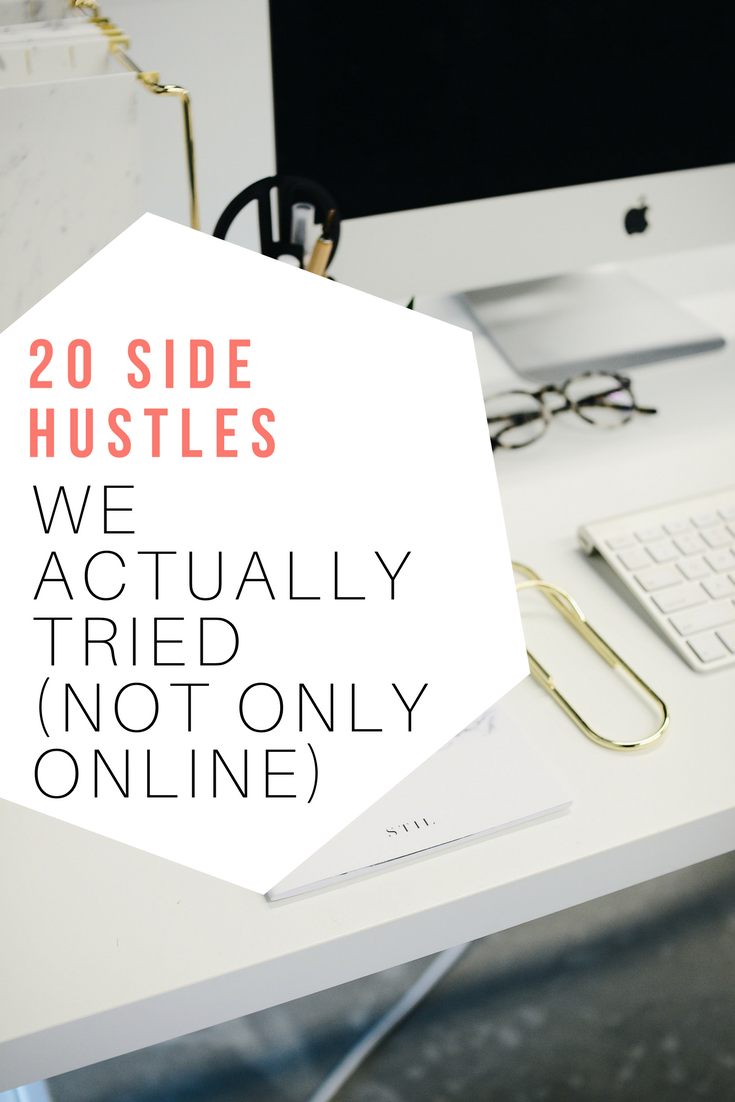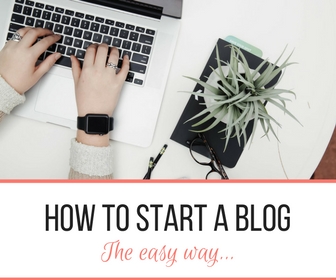Amazing Pinterest SEO Tips with 250+ Pinterest Keywords for 5 Big Niches
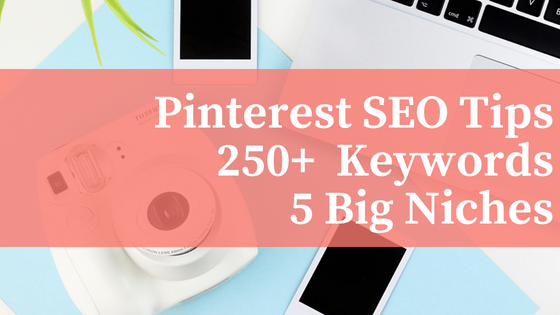
Meet Amanda and Nathan
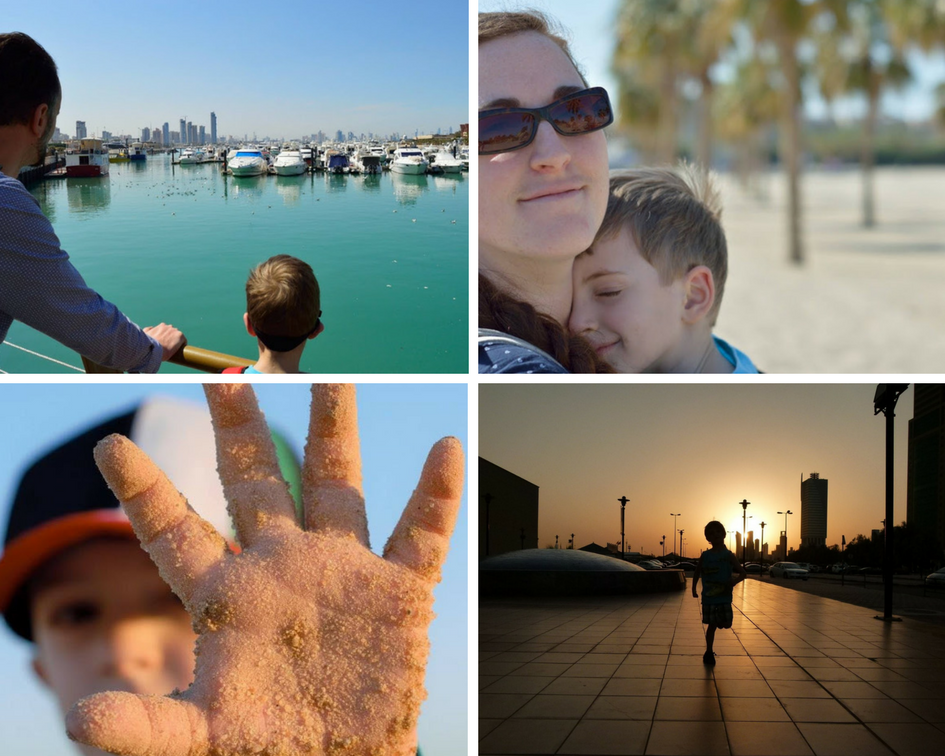
We're Every Further Mile!
We love to combine local and international travel to inspire families to do the same. We've spent too much time in front of the TV and decided to make changes that allowed us to instead make memories that will last a lifetime.
JOIN US ON OUR JOURNEY!
The best place to see what we're up to is on our Youtube channel.
Amazing Pinterest SEO Tips
As bloggers, we all want to be able to have our pins reach the top, go viral, be seen by the millions using Pinterest. To be successful at this though is not as easy as a blogger might think. Like so many other parts of blogging, there is a bit of a curve to learning how to become a Pinterest expert, but this post on Pinterest SEO will help you get a little closer.
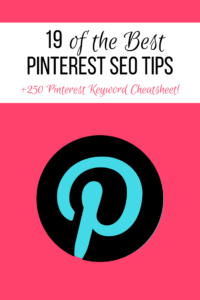
In fact, SEO is important in just about any space your in when trying to get in front of your audience. Bloggers generally learn about Google SEO first, and Pinterest SEO isn’t all that different, but there certainly are some differences and so let’s dive in to see what we can learn about Pinterest SEO and how it can help you gain more readers. There’s a lot to learn, so take in what you can and implement as you can.
Keep in mind that I do offer a great list of keywords for some major niches at the end of this post to get you started on ranking better in Pinterest, but first learn more about Pinterest SEO and why keywords are important.
What is Pinterest SEO and Pinterest Keywords:
When you go to look for something on Pinterest you will search using words that describe what you are looking for.
For example, ‘Travel Itinerary for Europe’. If you put this in then you will be shown lots of pins that have to do with Travel Itineraries for Europe.
The words that you use to search are referred to as keywords. These words indicate what you are looking for. Ever wonder how it is that you get suggestions that are exactly what you want?
It’s because bloggers use these keywords in their title, blog, etc to make sure you can find the information you’re looking for easily. This is true for any search engine (Google, Bing, etc). Bloggers use keywords to help direct viewers to their pin and then to their blog.
Why Use Pinterest SEO and Pinterest Keywords:
So, why is Pinterest SEO so important that I need to write a huge post about it? Like many areas of online business, it’s competitive. Pinterest used to be a bit easier to rank in, but as more businesses started to realize that it’s a great place to get in front of a hungry audience for FREE, they began to jump on the opportunity.
It is true that there are bloggers that see hundreds of thousands of visitors to their blog each month because of Pinterest. I’m not one of them…yet, but I do plan to work my way up there.
When people come to Pinterest it’s generally to explore ideas and to see what inspires them. Inspires them to do with their children, what clothes they should be wearing, what flowers they should be planting, what recipes they should try with their current diet, etc, etc.
Not all categories are competitive yet, but if you want to get more people to see your pins, then you will need to know more about Pinterest SEO. This is more than just adding keywords to your descriptions, there are many places that you will want to know about to better rank in Pinterest.
Let’s take a look at this…
Where to Use Pinterest SEO & Pinterest Keywords:
Blog Titles: Make sure that your titles are attention grabbing, tell people clearly what it is they are looking for, and have keywords.
Image: There are a few factors to consider with your image:
-
- Style: Your image should be the correct size (735px X 1102px), eye-catching, relevant to your topic, simple with an easy-to-read title, and branded for your blog.
- Title: When you are done creating a beautiful Pinterest image, then make sure you title it with your keywords. The way that Pinterest connects your image with your search is through the title of your image.
- Website: Be sure to add your Pinterest image to your blog, this does 2 things. It allows those who are reading your blog to have a Pinterest image to pin (because you want image designed for Pinterest to be pinned, not your blog title image). It allows you to add an ‘alt tag’.
- Alt Tag: When you load your image to your blog, be sure to add keywords to the alt tag section. This is important for your blog and your pin. This is one more way for Pinterest to connect your blog’s content with what your audience is searching.
- A/B Testing: Make 2-5 pins for one post, give them different images and titles, maybe even different descriptions. Post all of them and see which one does best. After a bit of time, you can revamp the one that’s not doing well and see if it performs better.
Here are a couple Pinterest image examples:
Pin description: Your pin description is super important when it comes to Pinterest SEO, you want to be able to have your readers know what your blog post is about and why they should read it. You will want to add as many keywords to your pin description as you can to help Pinterest find you and therefore those searching can find you. (Learn more on this below).
Board Titles: When you create your boards (start with about 15- 20 and make more if you find the need), then use keywords in the titles. You’ll add one board with your blog name where you will pin all of your pins, then have other boards that have categories that work with the topics that go with your blog (For example, as a travel blogger I have boards for Cheap Travel, Travel Quotes, Travel Europe, Travel Asia, etc. As a female entrepreneur, I also have boards called Female Entrepreneur, Make Money Online, etc).
Board Descriptions: Just like your pins, your boards should have descriptions. Use your keywords to create a conversational tone here as well and let your readers (and Pinterest) know what sort of things you will be pinning to your board.
How to use Pinterest SEO and Pinterest Keywords:
So, I’ve told you why and what to do, so now I’ll explain a bit about how to do it (I always hate when blogs told me what to do, but never explained how to do it).
How to Create Dynamic Titles:
There are a few things to keep in mind when you are wanting to create dynamic titles for your blog post/pin.
- Make sure that what you’re writing about is something that your readers really care about. Ask yourself, what fear, dream, pain-point, desire does my audience have? How am I solving a problem and how do I make sure that I’m helping them with it. Don’t make it about you, make it about them and what they want.
- People love lists and How to’s…the biggest reason goes back to #1, people are looking for something that solves their problem and starting your title with How to or a list makes them think that it will have a list or step-by-step actions to help them solve their issues.
- People are emotional beings, so make your title connect with them emotionally by using powerful and emotive words like ‘amazing’, ‘mammoth’, ‘genuine’, ‘simplified’, etc.
- Want to test out your title? Try it on Coshedule’s Headline tool and see what grade they give it. They’ll also give you advice on how to change it up to grab attention. Don’t take too long with this, it can suck you in, but try to get close to at least 70 if possible.
How to Write Rich Pin and Board Descriptions:
Keywords: Make sure you use as many keywords as you can without it sounding weird (10-20 if possible). Some stay far away from keyword stuffing, some only keyword stuff and others do a combination. Keyword stuffing is when someone takes all 20 keywords and just adds them as-is into the description without making it sound conversational. Partial stuffing is where you start out making the first 2-3 lines conversational and then add a list of keywords following. I generally stay away from keyword stuffing and try to keep my descriptions conversational, but I’m all for testing strategies, so I’m going to continue to test the non-stuffing method and add trying out the partial stuffing method.
I find that I’m not put off by a pin if it starts out with conversational tone and adds some extra keywords at the end, but others might be, so I find I like to test out different things to see what’s working best. (I’ll update you on that once I have seen what happens.)
You have about 500 characters for the description, so keep your wordiness down and your keywords up.
Hashtags: To be honest, like so many other things, there seems to be different ideas of the value of hashtags in Pinterest descriptions. I had taken a course that suggested that Pinterest wasn’t really all that into them and so there wasn’t much of a point to adding them.
However, Pinterest now shows hashtags more in your description then they ever used to, so they must be putting more importance on them. Rich pins (more on this below) actually cut your description short now and show up to 4 hashtags on the pin as it shows up in the general feed. (When you click on it, then you can see more of your description). So, use 4 of your best keywords with less competition as hashtags (when you go to put in your hashtag, a drop down that shows number of hashtags for that word will show. Try using keywords that have less competition, unless it’s important overall to use a certain hashtag).
General description: As I mentioned above, when you are creating your description make sure to have your keywords ready and try to use them in a conversational tone. How I tend to write my descriptions is to start with the title, then add a few sentences that utilize the keywords I’ve found. Now, I plan to basically do the same and then try adding some keywords at the end to see if helps some of my pins rank better.
Where/How to Add Your Pins to Boards:
Number of Pins: Try to pin up to about 30 pins a day. It has been suggested that Pinterest doesn’t like when you pin too many because they see you as a spammer. So, using the methods below, pin about 30 a day in total between your pins on your boards, your pins on group boards and others pins on your boards. Here’s a quick breakdown to consider:
4 of your pins on 3 of your boards = 12 pins
4 of your pins on 2 group boards = 8 pins
4 of others pins from group boards on your boards = 4
6 pins from the regular and trend feeds on Pinterest = 6
Total: 30 pins per day = 210 pins per week
With A/B testing, this means that you will have enough pins by the time you’ve created 28 blog posts. Then you can put them on rotation week after week. If you go past 28 blogs, then you rotate according to your highest performing pins first.
Scheduled Pins to Your Boards: When adding your pins start by adding them to your blog’s board (for example, mine is my Every Further Mile board). After that you can add the same pin to 2-3 of your other boards that are relevant to your pin. And don’t forget your A/B testing. You can add them on different days.
Scheduled Pins to Group Boards: Try to get on a couple group boards (2-3 to start). They don’t need to have a huge following. In fact, that doesn’t actually matter as much as you might think since Pinterest changed how much followers see of the group boards they are following. Really what’s important is that you get on a board that has others who will pin your pins as well. If you are on a board with lots of others, then your pins might get lost easier. If you’re on a board with fewer people, who are active, then your pins will be seen and pinned often.
Always pin relevant pins to relevant boards. Make sure you also schedule other’s pins from that board according to the number that is required by the group board.
Unscheduled pins: Pop onto Pinterest for 5 minutes a day to pin a few from your regular Pinterest feed and from the trending Pinterest feed. This helps Pinterest see that you are using them for your own enjoyment and not just for business. They will reward you for this. It doesn’t take much. Pop onto your phone while you watch a show at the end of the day and you’ll be done quickly.
Rich Pins:
Sign up for Rich Pins with your Pinterest for Business account (hopefully this is what you are using, if not, then please get on that right away! It’s important because it gives you perks like analytics and rich pins that you can’t get with a personal account). Rich pins change the way your pin looks in the feed. Your business name shows up below the image and your description goes up about your title when you click on the image. It also indicated to Pinterest that you are a serious blogger and they will reward your pins for this.
Here’s a video that will help you set this up (not my own video):
This is a lot of information, and unfortunately it’s not even all that you can do to make Pinterest work for you, but it’s an excellent start! Once you’ve implemented these Pinterest SEO strategies you will start to see a big difference.
To get you started, I’ve pulled together some keywords that will help you when you start utilizing these tips. There are so many different categories on Pinterest that I had to narrow down to the tip 5 niches that I thought my audience would need. If you need a category that isn’t on here, then be sure to make your own list for that category. It will help you so that you don’t have to go searching every time you write a description.
Grab my list of 250+ Pinterest Keywords for 5 Big Niches (Blogging, Travel, DIY & Crafts, Food & Drink, Home Decor)!
I will send it to your email immediately so that you can get started ranking in Pinterest today. Not only that, but you will also receive emails with other amazing helpful tips and resources.
Popular Posts
One of best ways to make money online is through affiliate marketing, which is simply the art of advertising for others throughout your blog (we teach about this on our website). We use affiliate links on this website directing you to products and deals that we believe are great. They may not be perfect for you and there may be outdated information, so keep an eye on what you click on! Let us know if you have any questions.

